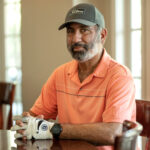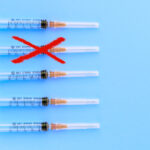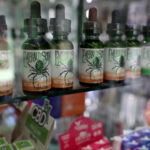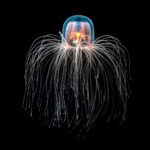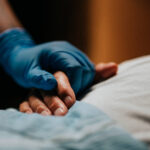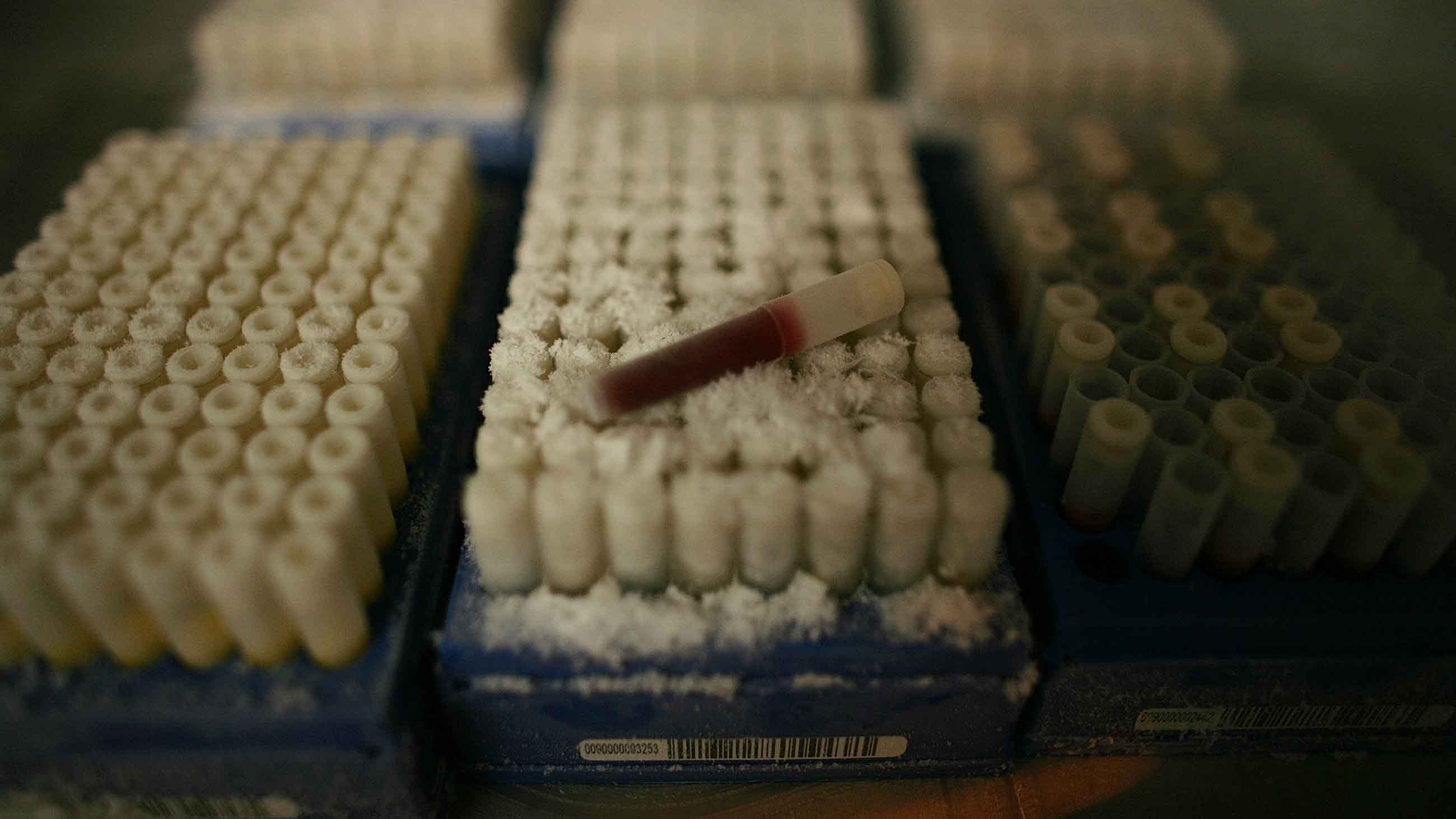Research Biosamples Are Important. But So Is Public Trust.
In a New York Times op-ed published in April, bioethicists Holly Fernandez Lynch and Steven Joffe suggested that the business and ethics of biobanking — the practice of saving tissues, blood, and other biosamples culled from patients during routine interactions with doctors, and warehousing them, sometimes without patient consent, for future research — is best left to scientists. “Many of us intuitively feel we should be able to control how biospecimens derived from our bodies are used,” the pair wrote. “But leftover biospecimens are just medical waste to most of us, as we lack the expertise to imbue them with scientific value.
“Nor have we done anything to make them valuable,” they added, “other than being born with a particular genetic variant or afflicted with a particular malignancy.”
This remarkably tone-deaf dismissal of patient consent comes amid a renewed debate over biobanking, spurred by the HBO film adaptation of science writer (and Undark advisory board member) Rebecca Skloot’s 2010 book “The Immortal Life of Henrietta Lacks,” which details the preservation of cells taken from the book’s namesake, an African-American homemaker from Maryland, in 1951. These cells were cultivated into what became known as the HeLa cell line, which has been used extensively in groundbreaking medical advances — including contributing to the development and mass-production of a polio vaccine.
But both the book and the film, along with many contemporary bioethicists, argue that there is another side to the HeLa story. They suggest that the cultivation of the HeLa line violated the privacy of the Lacks family and exploited Henrietta Lacks herself, given that the samples were collected without her knowledge or consent, and later used for financial gain. What’s more, many experts suggest that the entire story of Henrietta Lacks has helped to erode public confidence in the transparency of scientific research.
The position taken by Lynch, the executive director of the Petrie-Flom Center for Health Law Policy, Biotechnology and Bioethics at Harvard Law School, and Joffe, an associate professor of medical ethics and health policy at the University of Pennsylvania’s Perelman School of Medicine, tells non-researchers that specimens culled from their bodies have no intrinsic meaning or value until they are in the hands of experts. But this line of logic, which has a long legacy, ignores the autonomy and personhood of those being sampled. It also ignores the long and complicated history of biobanking itself, which has often disproportionately affected minorities, indigenous peoples, and other historically marginalized groups.
For biobanking to continue to be a valuable tool in 21st-century biomedical research, experts need to acknowledge this dark history and rebuild social confidence in the science of biobanking — particularly as it concerns long-term consent.
Many modern bio-repositories trace their origins to the Cold War, when anthropologists began collecting and freezing thousands of blood and tissue samples from the world’s indigenous communities, certain that these samples contained vital information about genetic ancestry and human evolution. In addition to anthropological studies, biomedical researchers bank “leftover biowaste,” as with the case of Henrietta Lacks. Today, biobanking is a catchall category of different types of stored specimens, messy in its definition but clear in its purpose: It’s about saving biological stuff for later.
This notion dovetailed neatly with science’s natural proclivity for collecting all sorts of things. For centuries, naturalists collected and curated various flora and fauna from around the world, with the idea that these collections would serve as important datasets. If a researcher wanted to compare objects from different parts of the world, he or she had only to go to museum-housed natural history collections to do so.
Biobanking, by the logic of early collectors, could serve a similar purpose, and research from decades-old samples of blood and tissue has helped epidemiologists understand the origin of HIV/AIDS, Ebola, and even multi-drug-resistant tuberculosis. Other archived samples have helped develop vaccines. Still others have allowed researchers to discover links between environment and genetic expression. Indeed, it’s hard to overemphasize how significant biobanking was to 20th-century research as well as how implicit the practice is in 21st century genomic medicine.
What is too often lost, however, is the reality that each collected and stored sample comes from a person. “How you should feel about all this isn’t obvious,” wrote Skloot in a lengthy 2006 report for The New York Times Magazine — a story penned as she was working on “The Immortal Life of Henrietta Lacks.” “Scientists aren’t stealing your arm or some vital organ. They’re just using tissue scraps you parted with voluntarily. But still, someone is taking part of you. And people often have a strong sense of ownership when it comes to their bodies. Even tiny scraps of it. Especially when they hear that someone else might be making money off those scraps.”
By its very nature, the biobank juxtaposes those who collect with those who are collected. Those who collect are most often scientists — those imbued with authority and the auspices of research — and they are often the arbiters of what happens to the samples after they enter the laboratory. Those who are collected from — medical patients or indigenous communities as part of anthropological studies — do not have the same sort of say in how their bodies are used, especially for commercial ends. This conjunction is at the very heart of the bioethical questions now facing biobanking overall. Who gets to participate in scientific research? Under what circumstances? And with what degree of autonomy?
For much of the 20th century, biosamples from indigenous communities throughout the world have been collected under the umbrella of scientific and anthropological research. For much of this history, indigenous communities have not participated in that research, other than to be part of “the collected.” This is true for North American indigenous peoples as well as other global indigenous communities.
“Native American bodies, both dead and living, have been sources of bone, and more recently of blood, spit, and hair, used to constitute knowledge of human biological and cultural history,” professor Kim TallBear argues in her book, “Native American DNA.” “To understand Native American DNA, it is not enough to discuss simply what genetic scientists say they are looking for in their samples,” TallBear writes. “It is also important to look back at how Native American bodies have been treated historically, for knowledge-producing cultures and practices that shaped early research continue to influence the way science is done today.”
As it stands, some indigenous communities are exercising more authority over how their biosamples are used, and some biobanked blood and tissue samples have been repatriated to indigenous groups in the United States under the legal umbrella of the Native American Graves Protection and Repatriation Act, which governs the return of Native American human remains and cultural artifacts to tribes. The Alaska Area Specimen Bank is controlled by the local Native American communities from which it sprang, and it is managed by the Alaska Native Tribal Health Consortium.
This DNA-on-loan concept, wherein researchers are offered temporary stewardship, but not ownership, of a biospecimen is gaining traction. “On a deep level, I think we have to consider the question anthropologically, as a question of personhood — is a sample part of a person or biomedical waste?” explains science historian Joanna Radin in her new book, Life on Ice: A History of New Uses for Cold Blood. “In the case of biobanks it’s often somewhere in between — what I’ve called latent or liminal life.”
More recently, an indigenous group in South Africa published a code of conduct that they hoped would serve as an ethical guide for future collaborations between indigenous and scientific research communities. One of the significant provisions in the code requires that researchers ask permission from the indigenous San communities about reusing biobanked data for studies that fall outside of their original research purview. This rise in authority by indigenous communities is significant because it allows a plural participation in how biodata is used and could provide templates for future biobanking policies more generally.
To be sure, science has a long way to go to fully repair and build new trust among indigenous communities, the public at large, and its own research projects. But the cultural cachet of Henrietta Lacks and her story have pushed discussions of bioethics and biobanking forward in ways that other stories haven’t or couldn’t. It tells us that the cells drawn from a mid-20th century biopsy — cells that would give rise to a whole line of cells that now benefit us all — are not merely biological detritus. They are, in fact, intellectually inseparable from the human being from which they were taken. Without the person, after all, there could be no specimen.
Scientists would do well to keep this in mind.
Lydia Pyne is a writer and historian based in Austin, Texas. She has published articles and essays in the Atlantic, Nautilus, and Public Domain Review, and is the author of “Bookshelf” and “Seven Skeletons: The Evolution of the World’s Most Famous Human Fossils.”


